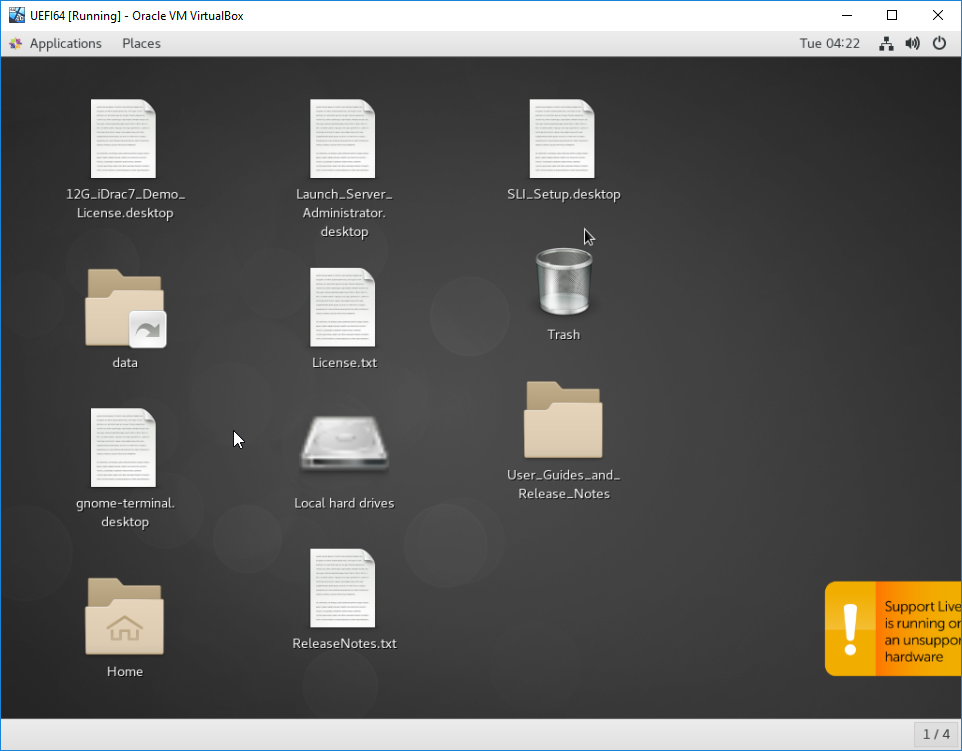


Note: If you aren’t going to install Debian and you’ll use the Live Image only select “ Do not add virtual hard disk” and ignore the following 2 steps. Select “ Create a Hard Disk Now” and press Create. Since we are using a live distribution which doesn’t rely on the hard disk assigning disk space isn’t mandatory, but Debian Live Images optionally allows to install Debian and this tutorial shows the procedure, if you consider the possibility to install assign the space you want according to your hardware capability and use you’ll give your system. Assign memory according to the use you’ll give the Live Image and according to your hardware capability. The next step is to determine que ram size for your virtual device, take into consideration your physical computer capability, otherwise the host OS will lack the memory assigned to your virtual pc while using it. Select the OS type (Linux) and the distribution and architecture, Debian Live Images support only 32 and 64 bits architectures. Launch VirtualBox, set the new virtual computer name, this field is arbitrary. Download also the Debian Live Image from


 0 kommentar(er)
0 kommentar(er)
